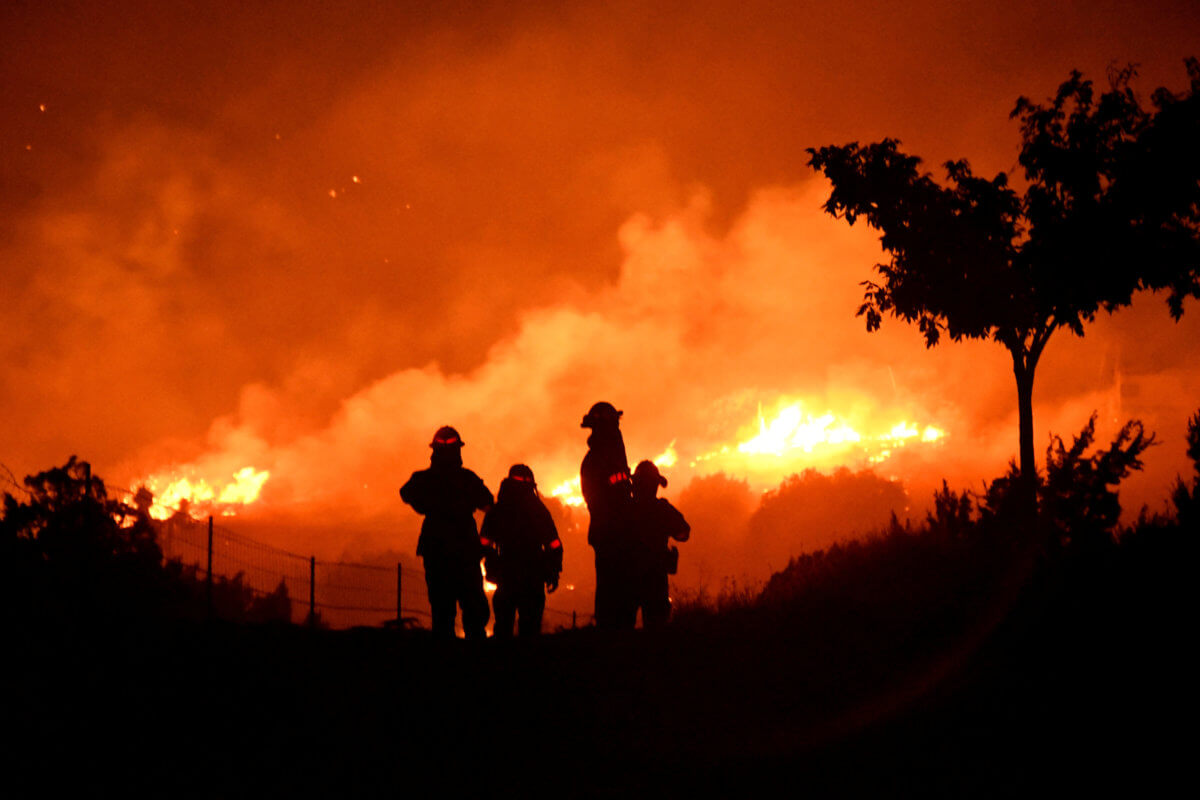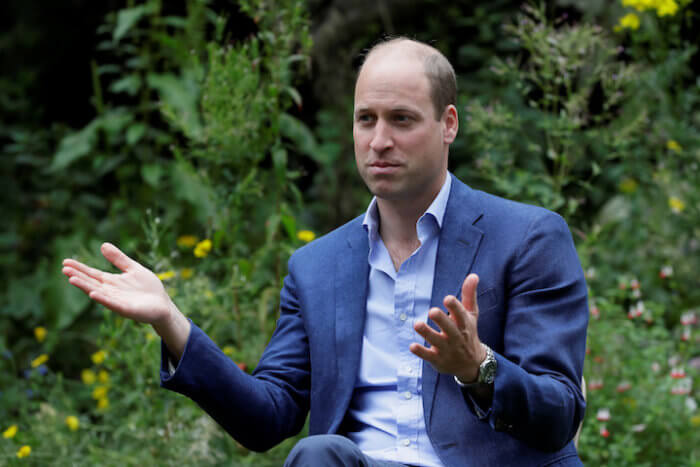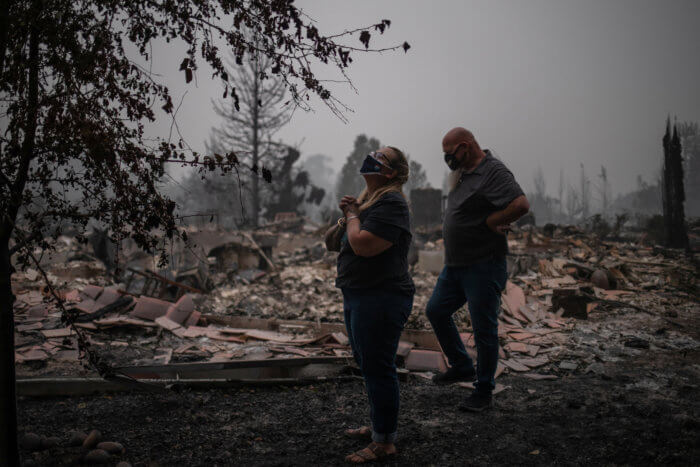California’s record wildfires pose a problem for the state’s plan to use its forests to help offset climate-warming emissions.
It is unclear how much California’s plan for becoming carbon-neutral by 2045 depends on its forests. But as climate change fuels increasingly frequent and intense blazes, any plan that relies on keeping forests healthy could be frustrated.
California’s climate-change agenda is among the most ambitious in the United States, but thanks to wildfires, forests are “part of the problem, not part of the solution,” Edie Chang, a deputy executive director at the California Air Resources Board (CARB), told Reuters.
With global efforts to cut the use of fossil fuels falling short of what is needed to avoid the worst effects of climate change, scientists believe capturing climate pollution already emitted will be necessary to limit warming. Maintaining the health of forests, which suck up and store carbon, are among those solutions.
The most populous U.S. state has suffered five of its six largest wildfires in history this year as heat waves and dry-lightning sieges coincided with drier conditions that climate scientists blame on global warming.
This year, a record 4 million acres in California have burned, releasing decades of stored carbon into the atmosphere. That amounts to more than 200 million metric tons of carbon dioxide, assuming the scorched acres held similar amounts of carbon as acres burned in previous years, said Emily McGlynn, an environmental economist at the University of California, Davis.
That is equivalent to nearly half the state’s annual human-caused emissions.
And that is just for 2020.
Between 2001 and 2014, California’s forests and natural lands lost an amount of carbon equivalent to 511 million metric tons of CO2 emissions, McGlynn said – roughly the same amount emitted by the state’s transportation sector over three years, according to data from the state’s Air Resources Board.
Wildfires accounted for three-quarters of that carbon release from forests, while logging and tree pruning as part of forest management made up the rest, state records show. While some amount of fire is needed for maintaining healthy forests, scientists say the size and frequency of recent fires may be pushing natural systems out of balance https://www.reuters.com/article/idUSKCN26C30W.
“California is kind of ground zero for some of the most extreme climate impacts,” McGlynn said.
FORESTS OFFSET EMISSIONS
Alarmed by the scale of destruction, California Governor Gavin Newsom this week asked state agencies to craft policies toward storing more carbon on natural lands, calling that “a critical part of the climate change conversation.”
The state next year will implement changes to its cap-and-trade program that could boost the market price for carbon credits and spark more private investment in improving forests in California.
Under the cap-and-trade scheme large emitters face a carbon limit and can buy allowances if they exceed it. Companies can currently use forest carbon credits to offset up to 8% of their greenhouse gas emissions.
However, conservation projects covered by the program to date account for only about 1.5% of California’s 33 million forested acres, or about 490,000 acres. Since the program launched in 2013, those projects have been issued credits to offset 26 million metric tons of carbon dioxide. That is equivalent to about 6% of the state’s total annual emissions.
California’s market prices 1 metric ton of carbon at around $17 – not enough to incentivize landowners to conserve land rather than develop it, said Noah Deich, executive director of Carbon 180, a nonprofit that advocates for practices that remove carbon from the atmosphere.
“The goal of that carbon-offsets program was never primarily to incentivize large-scale forest preservation and or restoration,” Deich said, but rather to make it cheaper for emitters to meet their cap and trade obligations.
If the state’s carbon price of about $17 per metric ton were applied to this year’s estimated wildfire emissions, that would work out to roughly $3.4 billion in potential carbon market value up in smoke.
Most of this year’s burned lands, however, are not part of the cap-and-trade scheme, which serves California-based companies but includes conservation projects outside the state. Next year, California will limit the contribution of out-of-state projects in order to make sure the offset program benefits Californians directly. Companies, however, will be able to offset only up to 4% of their emissions with those projects starting next year.
SCALING UP INFRASTRUCTURE
Since 2018, another ferocious wildfire year, the state government has sought to help private businesses reduce wildfire risks by gathering forest debris for commercial use such as transportation fuels or building products. An August report by Lawrence Livermore National Laboratory suggested 800,000 acres of California’s forests could be treated profitably each year.
California had developed a forest management plan for state-owned lands, but it was never finalized because Newsom’s administration said it was not ambitious enough and failed to account for the fact that the federal government owns about 60% of the forests, said CARB spokesman Stanley Young.
The state already spends more than the federal government in maintaining forests, according to an analysis https://www.reuters.com/article/us-usa-wildfires-forests-insight/california-outpaced-trumps-forest-service-in-wildfire-prevention-work-data-idUSKCN26E2QO of recent data by Reuters.
In August, California announced an agreement with the U.S. Forest Service to reduce wildfire risk in part by using controlled burns and other means to clear 1 million acres of dead wood and other debris each year up to 2025. The deal also seeks to develop markets for woody biomass and a comprehensive statewide plan for forest management that will last 20 years.
The plan is aimed at protecting large trees in particular, which absorb and store carbon over hundreds of years.
“We need to be able to scale up an entire infrastructure around this,” said Jessica Morse, deputy secretary for forest resources management with the California Natural Resources Agency.
































